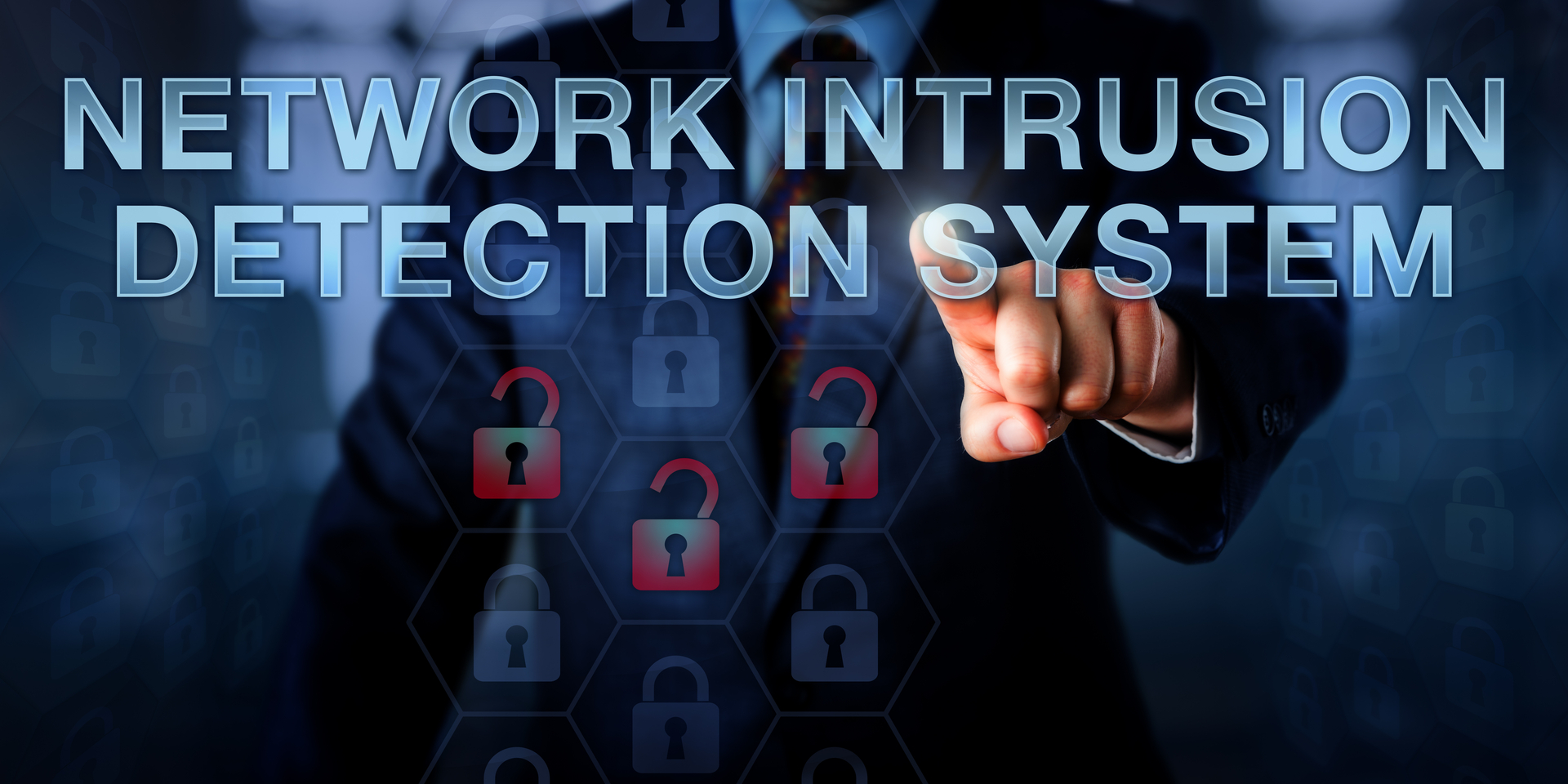
Networks are a key enabler for enterprises around the world. With the internet now reaching the distant corners of the world, businesses are required to make their applications, data, and services available from any location. This service expansion brings tons of new customers and increases business profitability, but unfortunately becomes a source of extended risk as well. With more people having access to your online services, i.e. your servers, routers, and data centers, the possibility of attackers finding a vulnerability to breach your network security, increases. Attackers are constantly spawning new network attacks to compromise critical information and disrupt internal functions in organizations to bring them to their ends.
Therefore, with constant business expansion, security continues to rise to the top of the corporate agenda. And, the role of the network security administrator has become more complex than ever. From a network administrator’s point of view, the world divides into:
- The good guys who should be granted access to resources inside the organization’s network. These people are mostly the employees and consumers of the organization.
- The bad guys whose movements should be carefully scrutinized, logged, dropped, or forwarded to the network administrator.
Based on the types of threats on the horizon, as well as advances in the technologies, they need to equip the right tools to combat those threats.
Improving Network Security with NIDS:
To help network administrators identify good and bad guys, a Network Intrusion Detection System (NIDS) is used to monitor and analyze network traffic to protect a system from possible threats.
A NIDS reads all incoming and outgoing packets to and from all the devices on the network and searches for any suspicious patterns. When threats are discovered, it notifies the administrators about the threats. In some cases, it automatically blocks the IP address of the possible attacker from accessing the network. You can think of NIDS as your security guard that checks everyone that enters and leaves your business premises.
Detection Methods:
An Intrusion Detection System (IDS) in general uses 2 methods for detecting anomalies in an IT infrastructure.
- Signature-based:
Signature-based IDS looks for specific patterns like byte sequences in network traffic, or known attributes of malware. Anti-virus software uses this method of detecting patterns as signatures by comparing data packets traversing the network against a database of signatures. As you may have guessed it, Signature-based IDS fails to detect new attacks, for which no pattern is available in the database.
- Anomaly-based:
Anomaly-based IDS uses machine learning algorithms to detect unknown attacks. With the rapid development of malware, it is essential to identify what is considered normal for the network. Anomaly-based IDS works by comparing new behavior against a model of trustworthy activity like the use of bandwidth, protocols, ports and other devices.
How NIDS Is Different from Firewall:
At first, a network intrusion detection system sounds similar to a firewall with its ability to monitor the network traffic, but it is different and provides advanced security. The job of a firewall is to screen the IPs in the network traffic and decide which packets should be allowed inside. It is similar to a metal detector at the entrance of your office building. It does not detect the behavior of the person entering the building.
A NIDS not only monitors the incoming traffic but also identifies anomalies in the usage of the entire network. If an IP address is sending repetitive connection requests (a possible Denial of Service attack) or trying to access a private subnetwork, it notifies the administrator. But generally, a firewall does not have notification capabilities.
Business Advantages Of NIDS:
Intrusion detection systems automate the mundane and time-consuming task of monitoring network traffic in order to detect when an intrusion. Network administrators are highly benefited with the features of NIDS that are highlighted below:
- Simplified monitoring: NIDS automates monitoring of Routers, firewalls, and all the devices connected in a network so that network administrator can focus on other core activities.
- Usage patterns, signatures and anomalies can be utilized by other security control systems aimed at detecting, preventing or recovering from cyberattacks while building an extensive attack signature database. For example, a SIEM (Security Information and Event Management) system.
- Customizability: Network professionals can customize the NIDS to detect specific patterns and behaviors. It provides custom-build network security to monitor highly-individualized activity in an enterprise.
- Most of the NIDS provides a user-friendly interface for reading notification and analyzing the current network traffic. Now, non-IT members can also assist in changing and managing network security.
- Compliance Regulation: NIDS also help the enterprise attain regulatory compliance. Payment Card Industry Data Security Standard (PCI DSS) compliance, for example, demands constant monitoring of the network traffic. Organizations can use logs produced by NIDS as part of the documentation to notify a data breach or internal auditing.
How NIDS Fits into Your Existing It Infrastructure:
With growing cyber-attacks, it is highly recommended to include a network intrusion detection system in your organization to respond to active attacks in real time. A NIDS can be implemented as a software application running on a network component like a router, or as a network security appliance in itself. If some of your applications are hosted on a cloud platform, you can use a cloud-based intrusion detection system to protect your data in the cloud ecosystem.
Contact us today to learn about Bleuwire™ services and solutions in how we can help your business.





